Description
A COMPREHENSIVE, METHODICAL, STEP-BY-STEP TEACHING METHOD OF THE PULGAR TECHNIQUE FOR FLAMENCO GUITAR
The exercises in present Volume are primarily intended to students of the Flamenco, however many of book exercises pertain to students of classical guitar.
The present book includes thumb exercises in combination with arpeggios. These exercises are based on chromatic scales of one string (eight note scale). Two such formulas are listed below.

There are arpegios of: 1. four notes
2. five notes
3. six notes (into the meter)
The thumb plays with two beats into the meter – at the first and last position of the meter.
The beat of the thumb at first position is constantly on the same string while the chromatic scale plays. The other beat in the last position of the meter. The thumb beats particularly:
1. The strings which is same with the chromatic scale.
2. Adjacent strings.
3. With interference of one string.
4. With interference of two strings.
5. With interference of three strings.
The repeated beat of the thumb on different strings contributes to the accuracy of the thumb beat.
The beat of the thumb is that of the Flamenco beat that requires a slightly cyclical movement of the forearm.
The fingerings of the right hand are simple fingerings (thumb with two fingers, for example pimp, pmip, pmap etc.) or more complex fingerings, for example pimppamp etc. as they are described below.
The beat of the thumb on the same string, as that of the chromatic scale, requires a double beat of the same note that is beaten by the index, middle and ring fingers.
This note, with the corresponding left-hand finger that beats it, is enclosed with the thumb symbol (p). For example:

This book is also useful for the students of classical guitar. In this case the pulgar strike must be done only in one way ![]() (strike downwards from 6th to 1st string).
(strike downwards from 6th to 1st string).
Each Unit of this Volume consist of a certain number of paragraphs. Each paragraph of every chapter includes a certain number of variations each of them includes a certain number of formulas.
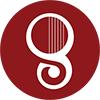

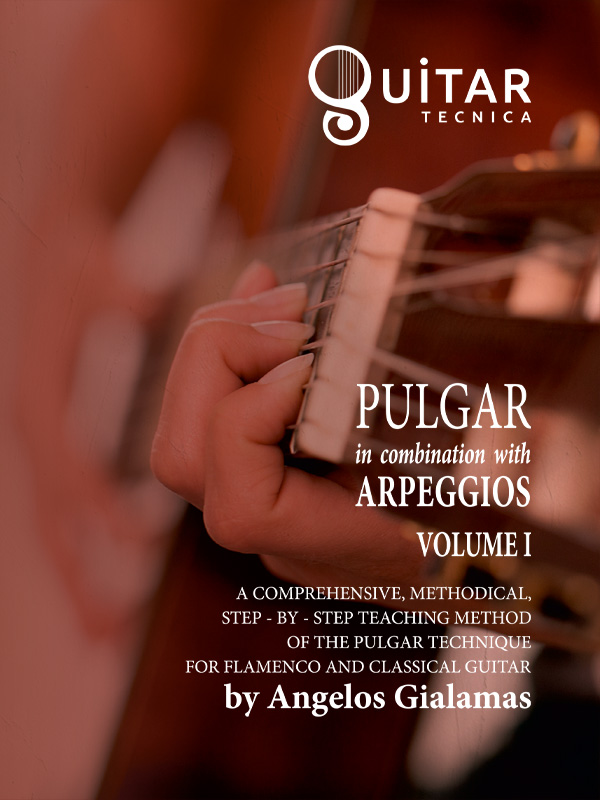
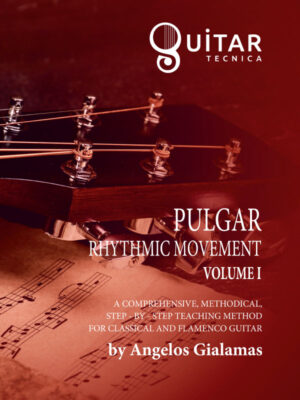

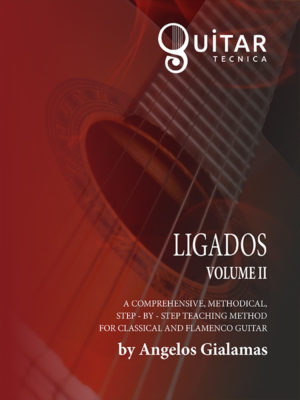
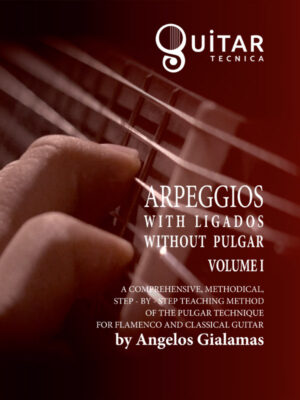
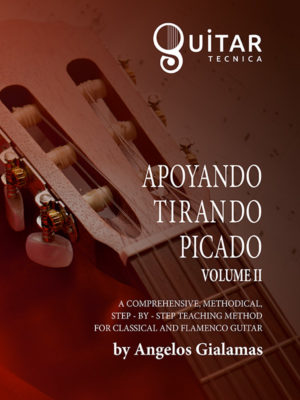
Reviews
There are no reviews yet.